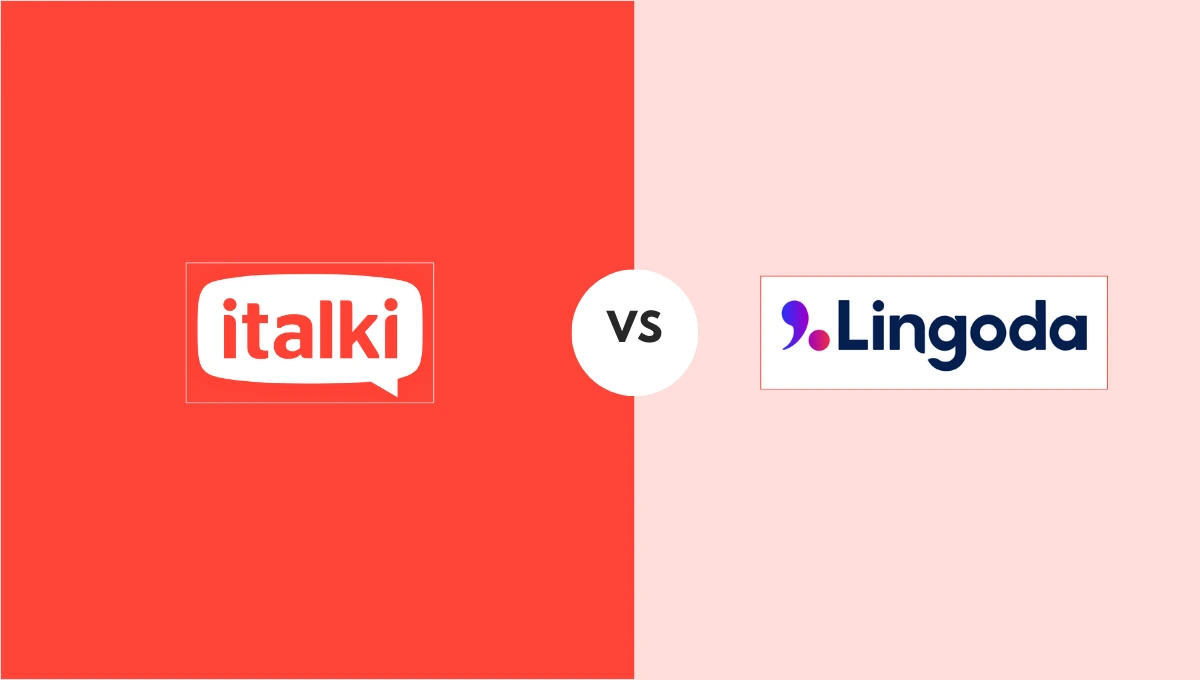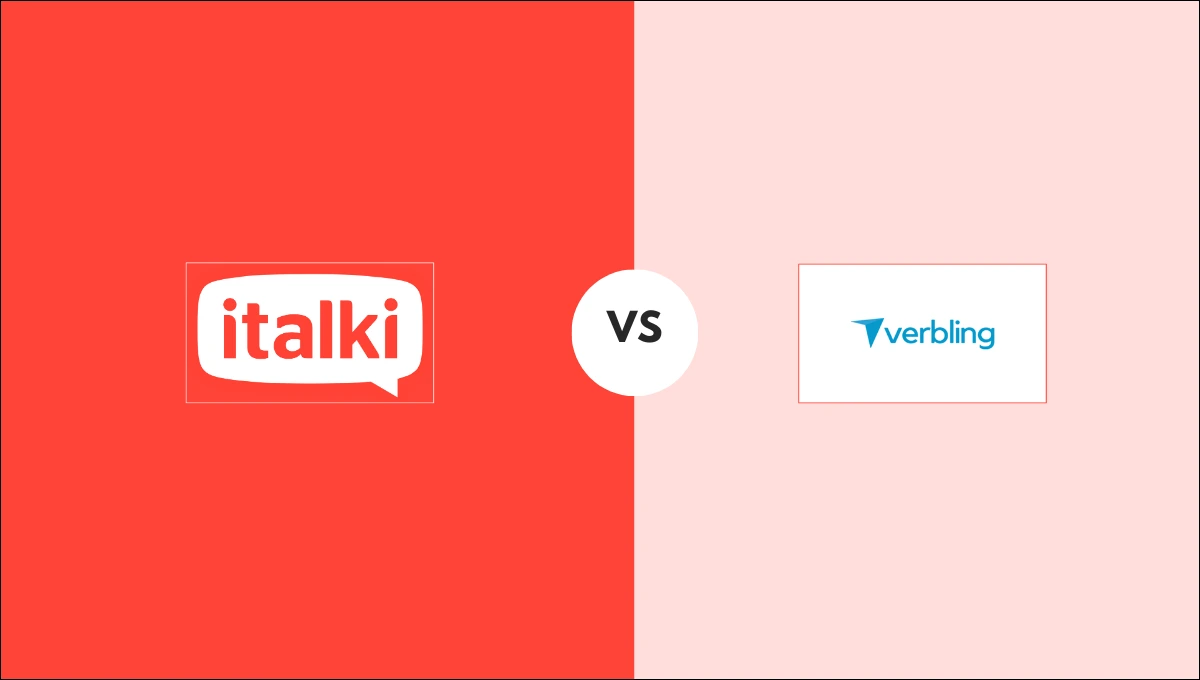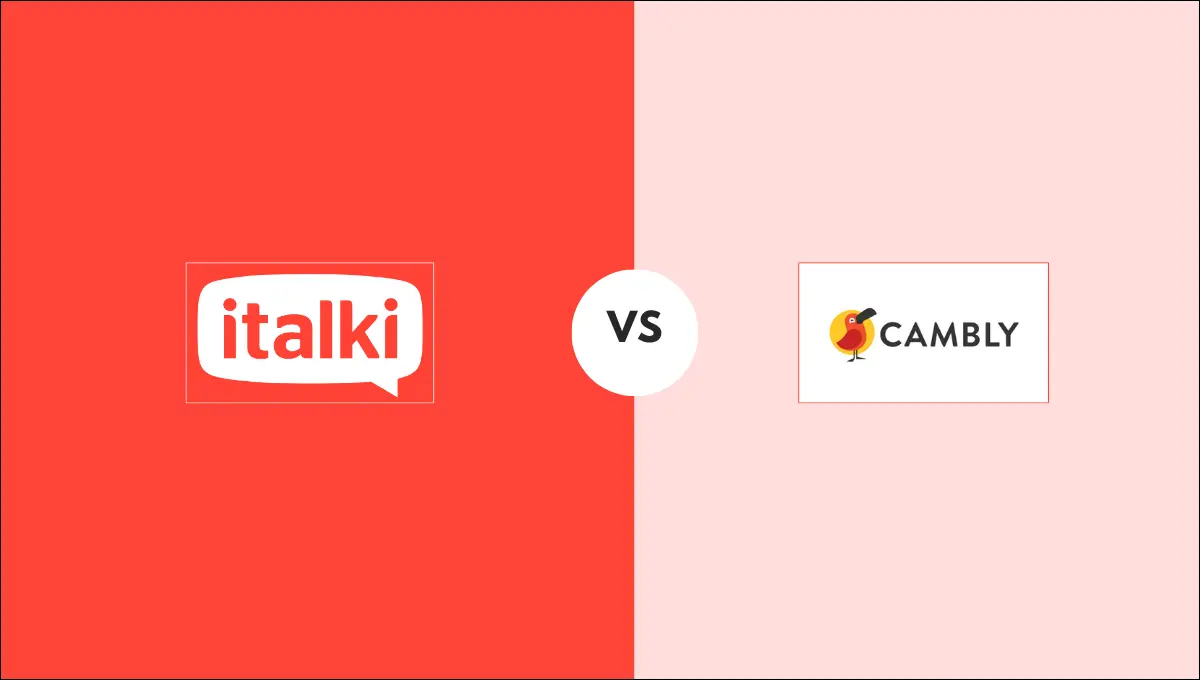Because Japanese culture is deeply embedded in formalities, showing respect in the form of a greeting is essential. Unlike other cultures where greetings are more casual, this culture requires a bow to accompany your salutations. Learn to say good morning in Japanese to start your morning in a perfect way.
If you are a fan of anime or have seen Japanese films, you are probably already familiar with the formalities associated with greetings in Japan. If you plan to live or study in the country, we strongly advise you to learn Japanese and especially how to greet people.
Want to learn a language at italki?
Here are the best resources for you!
Below, we will discuss the formal and informal ways of saying good morning in Japanese. You can use the appropriate greeting based on your situation.
Different ways to say good morning in the Japanese language
Good morning (informal) – Ohayō (おはよう)
Ohayou is an informal way of saying “good morning.” It is pronounced as Ohio (as in the US state). Simply put, it is a casual way to greet close friends and family that does not always require a serious bow. A simple nod and smile will suffice.
If you are meeting the person for the first time during the day, Ohayo can also be used in the afternoon. Apart from this, you can choose to say San ohayō, when you do not know the person’s name. San means “Mr.” or “Mrs.”
Good morning (formal) – Ohayō gozaimasu (おはよう ございます)
The formal way to say “good morning” is ohay gozaimasu, which is pronounced o-high-oh go-za-ee-mos. The ‘u’ in ‘Gozaimasu’ is silent here. This expression is typically used in formal settings such as workplaces, seminars, and so on. When at work, use the suffix to address your boss, superiors, and customers.
Also, when meeting someone for the first time, we strongly advise you to greet them in a formal manner. Gozaimasu emphasizes the importance of respect in greeting. It goes without saying that this greeting should be accompanied by a bow.
Good afternoon/Hello – Konnichiwa (こんにちは)
Konnichiwa, pronounced kon-nee-chii-waa, means “hello” or “good afternoon.” Even in Europe and America, it is by far the most popular greeting. Despite having two meanings, non-Japanese people generally use the term to say “Hello” in Japanese.
This greeting is appropriate to address both people you know and people you don’t know. It is appropriate for both informal and formal settings. A simple nod and smile should suffice depending on the situation.
You can learn the contextual use of all these phrases by working with a Japanese teacher for personalized guidance for proper pronunciation and cultural context. You can also use Japanese learning websites.

Learn Japanese on italki
Join the global community of language learners today! Sign up for italki and start improving your language skills with native-speaking teachers from around the world.
Create an italki account
Good evening – Konbanwa (こんばんは)
This is the standard way to greet people after sundown, usually after 6:00 p.m. It literally means “good evening,” however. Konbanwa, as in kom-barn-wah, is an appropriate evening greeting in any situation. Keep in mind that the first ‘n’ in Konbanwa is pronounced as’m’. You will sound more native than the average non-native in this manner.
Good night – Oyasuminasai (おやすみなさい)
Just like in English, “good night” is only used when it is time to go to bed or to bid someone good night. It would be incorrect to say Oyasuminasai when meeting someone. Oyasuminasai is a formal or respectful way of saying “good night.” It is pronounced or-yah-suu-mi-na-saii. In a more casual setting, say Oyasumi, especially to friends or younger people.
Hello – Moshi moshi (もしもし)
When you answer the phone, what is the first thing you say? “Hello,” correct? Exactly! When you are on the phone, Moshi moshi is the equivalent of saying “Hello” in English. In other words, rather than saying Konnichiwa as you would in a face-to-face conversation, say Moshi moshi. The person on the other end responds with hai (meaning “yes”), indicating that he or she can hear you properly.
Goodbye – Sanyõnara (さようなら)
Sanyõnara is the Japanese word for farewell. Saying Sanyõnara with a wave is a simple way to bid someone farewell as they leave. The term is appropriate for both formal and informal situations. Alternatively, you could say o wakare お別れ or saraba da さらばだ.
It is pronounced exactly as it is written: sah-yooh-nah-rah. (Make sure to emphasize the ‘o’).
How are you? – Genki Desu Ka (元気 です 化)
Unlike in English-speaking areas, asking someone “how are you?” is less common. When greeting others, it is more formal to say konnichiwa or ohayō. However, it is sometimes a good way to start a conversation with someone you have known previously.
It is pronounced gehn-kee-dess-kah. Depending on how polite you want to be, in an informal setting or while addressing a friend, you can say genki (元気). Genki desu ka (元気 です 化) is suitable in a formal arrangement. To sound even politer, you can say o genki desu ka (お 元気 です 化).
Nice to meet you – Hajimemashite (はじめまして)
Hajimemashite, pronounced ha-ji-meh-mah-steh, is a Japanese word that means “first meeting” with someone. When you meet someone for the first time, it is only natural to express your delight at meeting him or her. Following that, you should respond with hajimemashite and your name. Remember that your surname should come before your first name. It is, indeed, cultural.
See you later – Mata Atode (また 後で)
Mata atode (mah-tah ha-toe-dey) is a less formal way of saying goodbye. It also means “see you soon,” implying that you will most likely see the person again soon. As a result, it cannot be used interchangeably with Sanyõnara, which literally means “goodbye.”
Remember that, telling your boss, teacher, or elders “mata atode” would be quite disrespectful.
Get well soon – Odaijini (お大事に)
When someone tells you he is sick, it is only polite that you empathize with him. This way you give the person hope. ‘O’ in odaijini is a prefix for politeness; therefore, it is suitable for formal and informal situations alike. The correct pronunciation of odaijini is or-daii-ji-nih.
Frequently asked questions
Q. How to say ‘you are welcome’ in Japanese?
A. Dõitashimashite
Q. How to say ‘I am sorry’ in Japanese?
A. Gomen nasai (ごめんなさい)
Q. How to say ‘hey’ in Japanese?
A. Ossu (おっす)
Q. How to say ‘good luck’ in Japanese?
A. Kōun o (幸運を)
Conclusion
Because Japanese culture values respect, there are certain levels of politeness required when greeting others. The Japanese bow is deeply cultural, implying nothing but modesty. When meeting someone for the first time, it is only natural to bow while the other person does the same. By all means, avoid extending your hands for a handshake or casually patting someone on the back.
If you want to learn Japanese online, we recommend you find suitable Japanese tutors at italki. These tutors will make you learn about Japanese culture and language in the most authentic and engaging ways. You can also watch animes to learn Japanese, as we have mentioned at the start of the guide that animes are a great way to learn Japanese greetings.

Find Your Perfect Teacher
At italki, you can find your Japanese tutor from all qualified and experienced teachers. Now experience the excellent language learning journey!
Book a trial lesson
















